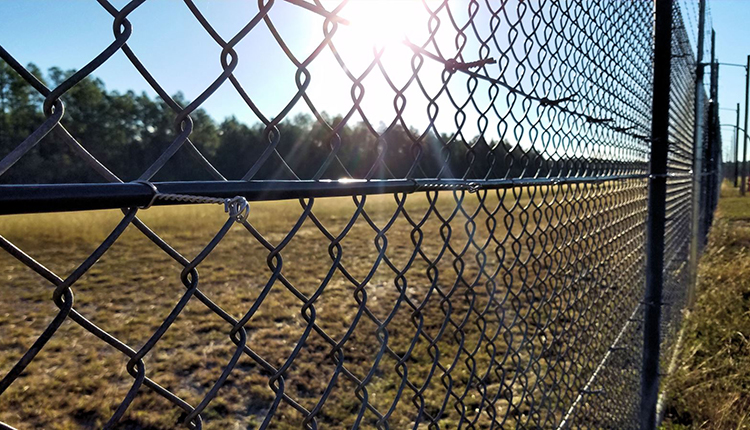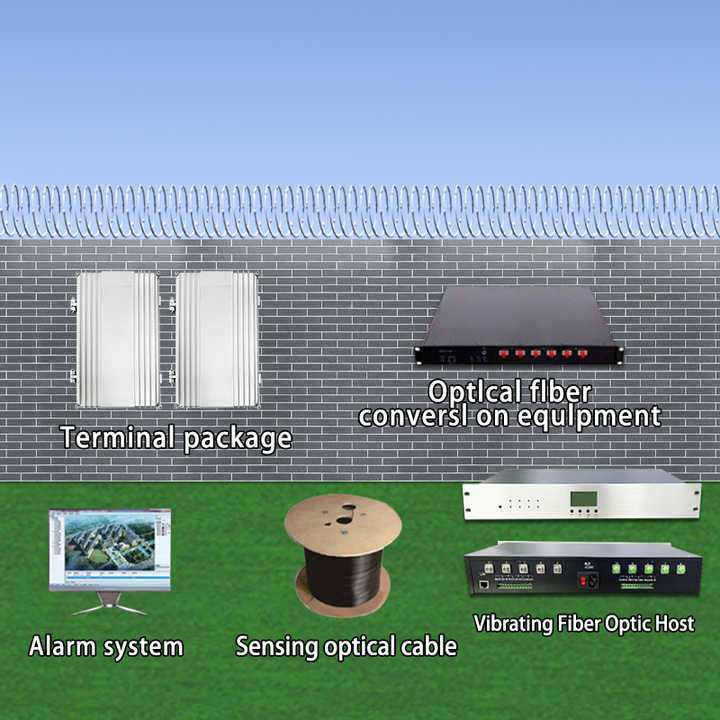Reasons to Pick a Fiber Optic Security System for Maximum Security and Speed
Reasons to Pick a Fiber Optic Security System for Maximum Security and Speed
Blog Article
Why Fiber Optic Protection Equipments Are the Future of Defense
The transition to fiber optic safety and security systems marks a considerable advancement in the world of security, driven by their outstanding data transmission abilities and resilience to exterior disturbances. These systems not only assist in faster and more trusted interaction but likewise present an affordable option with minimized maintenance needs. As the landscape of safety evolves along with arising modern technologies such as AI and IoT, the possibility for optical fiber to enhance and redefine security frameworks ends up being progressively apparent. However, the implications of these innovations raise crucial inquiries regarding the future of safety and security steps and their effectiveness in an ever-changing setting.
Benefits of Fiber Optic Systems
Among the key advantages of fiber optic systems is their superior bandwidth ability, which promotes the transmission of huge volumes of data over cross countries without substantial loss. This characteristic is especially advantageous for security applications that call for the continuous monitoring and transfer of high-definition video feeds, sensor information, and other important information. Optical fiber can accommodate the growing needs of modern-day safety and security systems, making sure that information remains intact and dependable.
Furthermore, fiber optic cords are much less susceptible to electro-magnetic interference, which can be a substantial issue in environments with different digital devices. This resistance boosts the integrity of the data being transferred, therefore minimizing the threat of data breaches or system failures. Fiber optic systems are naturally a lot more safe and secure than conventional copper wires, as tapping into a fiber optic line without detection is exceptionally difficult.
The sturdiness of fiber optic wires also adds to their appeal. They are resistant to ecological elements such as dampness and temperature variations, decreasing maintenance costs and enhancing system longevity. Overall, these advantages position fiber optic systems as a durable and efficient choice for contemporary protection infrastructures, making sure reliable and protected data transmission.
Improved Information Transmission Rate

The ability to transmit huge amounts of data swiftly helps with the seamless integration of high-definition video feeds and progressed analytics. Security systems can now process and analyze information in real-time, improving response times and situational recognition. In addition, fiber optic links sustain longer transmission distances without degradation of signal quality, making them ideal for large protection networks.
The raised rate of fiber optic systems not only enhances the performance of security operations however also lowers latency. This is specifically vital in vital situations where prompt decision-making can protect against protection breaches or mitigate possible dangers. As organizations proceed to focus on safety and security and efficiency, the need for fast and trustworthy data transmission will unquestionably strengthen fiber optic systems as a foundation of modern safety facilities.
Resistance to Disturbance
Fiber optic security systems constantly demonstrate remarkable resistance to electromagnetic interference, a critical benefit in settings susceptible to electronic noise. Unlike typical copper cords, which can be negatively impacted by magnetic fields, superhigh frequency interference, and other forms of electric disruption, fiber optic wires use light to transmit data. This intrinsic residential property guarantees that the signals stay clear and unaltered, no matter of surrounding electronic task.
Making use of glass or plastic fibers in fiber optic click to find out more innovation produces a barrier against disturbance, enabling trustworthy data transmission even in tough scenarios such as commercial centers, city areas with high electronic web traffic, or areas near radio towers. This particular substantially reduces the probability of signal degradation or loss, making fiber optic systems especially suitable for safety applications where honesty and accuracy of information are vital.
Furthermore, this resistance to disturbance improves the overall efficiency and integrity of safety systems, making sure that surveillance and alert systems work flawlessly. In a globe where security is progressively intimidated by sophisticated technologies, the resilience of fiber optic systems stands apart as an essential attribute, strengthening their standing as an essential component of modern-day protection framework.
Cost-Effectiveness Over Time
Substantial price financial savings can be achieved gradually with the application of fiber optic safety systems. While the initial financial investment might appear higher compared to traditional copper-based systems, the long-term economic advantages my latest blog post come to be noticeable with minimized operational and maintenance prices (fiber security). Fiber optic cords are inherently a lot more durable and much less susceptible to ecological elements, which converts to reduce replacement and repair expenses over their life expectancy
Additionally, fiber optic systems call for less power to run, which even more decreases energy prices. Boosted information transmission abilities enable for less repeaters and amplifiers, lessening equipment financial investment and simplifying installment processes. The scalability of these systems additionally adds to cost-effectiveness, as organizations can increase their security facilities without incurring substantial additional costs.
One more variable to consider is the enhanced effectiveness in surveillance and response abilities that fiber optics give. Enhanced real-time data transmission can bring about quicker event action times, possibly mitigating losses and obligations connected with security breaches. Altogether, the long-lasting advantages of fiber optic safety systems not only validate the preliminary expense however likewise place them as a monetarily prudent option for companies seeking robust protection services.

Future Innovations in Security
Advancing innovations are established her explanation to reinvent protection systems, integrating expert system (AI) and artificial intelligence to improve danger discovery and feedback capacities. These advancements will certainly permit protection systems to examine substantial quantities of data in real-time, identifying patterns and anomalies that indicate possible dangers. This aggressive strategy will certainly allow quicker decision-making and extra reliable incident actions.
Furthermore, the consolidation of the Web of Points (IoT) is leading the means for interconnected security gadgets, using thorough monitoring and tracking. Smart sensors can relay details concerning ecological changes, while automated informs can inform safety and security employees instantly of suspicious activities.
Moreover, the advancement of biometric modern technologies will certainly additionally reinforce protection devices. Facial recognition, fingerprint scanning, and retina recognition are ending up being much more innovative, offering layers of verification that are difficult to bypass.
Conclusion
Finally, fiber optic safety and security systems stand for a considerable innovation in security technology, supplying unmatched data transmission speed, resistance to electro-magnetic interference, and long-term cost-effectiveness. As the demand for sophisticated safety services proceeds to grow, the combination of optical fiber with arising innovations such as AI, IoT, and biometrics will further improve security facilities (fiber security). The mix of these innovations will certainly guarantee an extra safe and secure and responsive setting, strengthening fiber optics as a foundation of future security systems
Report this page